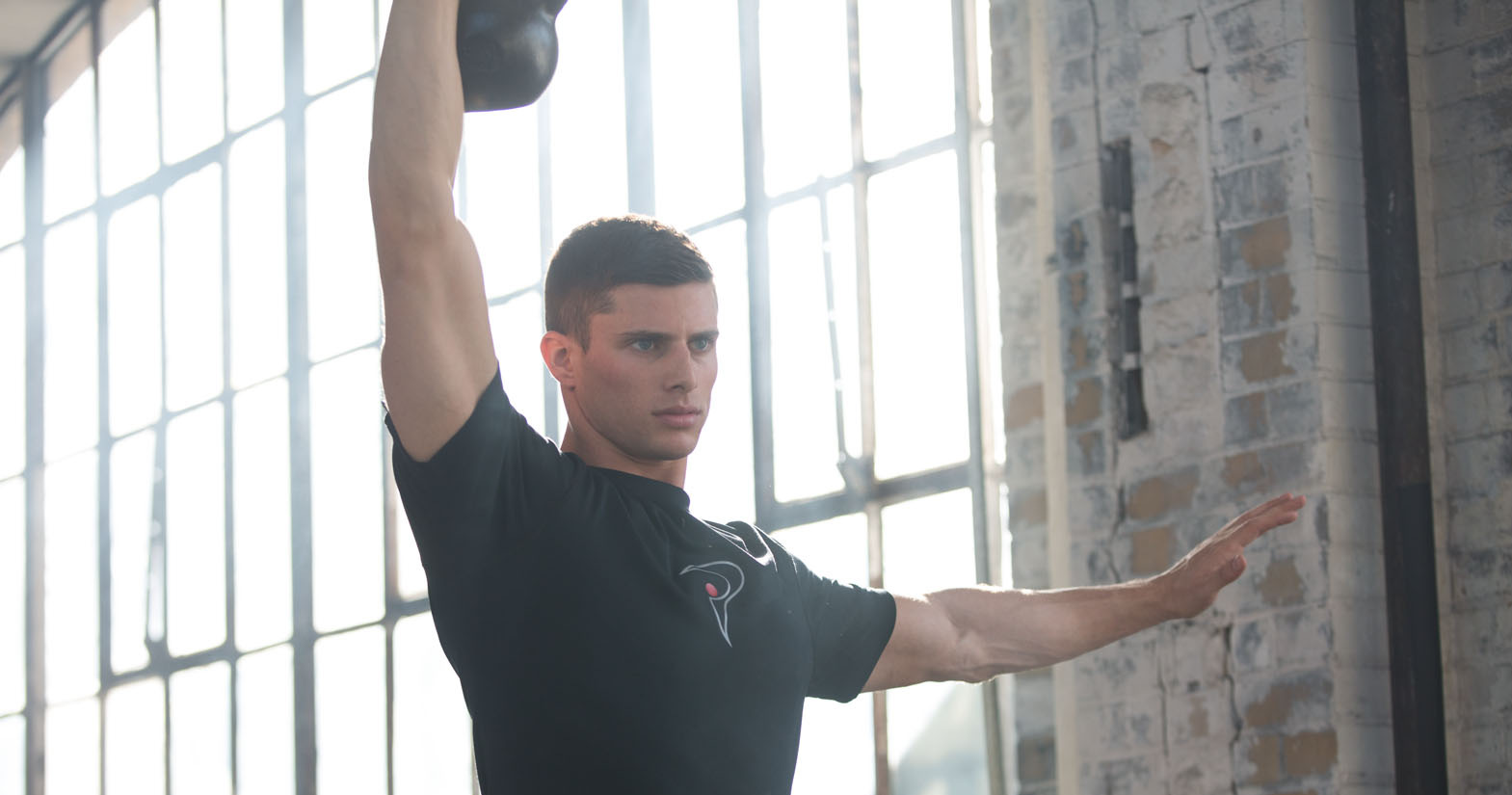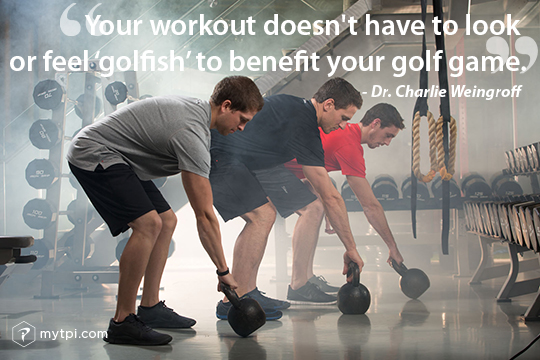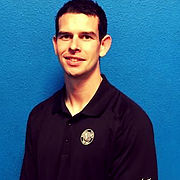IMPROVE MY GAME
Articles
5 Common Mistakes In Golf Strength & Conditioning

What better way to celebrate my relocation from Ireland to Southern California to work at Hansen Fitness For Golf than a new article. It’s been 7 months since my last piece so I have had plenty of time to think about what I would like to write about. This is mainly aimed at trainers but is relevant for anyone interested in physical training for improved performance.
Before diving into what I view as some of the most common mistakes trainers make when trying to help golfers, let’s have a quick recap of what exactly the job of a strength and conditioning (s&c) coach is. In my mind there are two things that it really boils down to. There are others but if we really break it down, we can’t get too far away from these;
- Increase force production potential in the sporting action
- Decrease injury risk
When contemplating different training methods, and the adaptations that will arise as a result of them ask yourself what effect will they have on the above criteria? By doing this we ensure that we can answer the “why” question that should be a staple of every program we design. If an exercise is not directly meeting one or both of the criteria above, then why is it in our program. Is it essential, or is it just a time consuming “filler”?
If you are not sure whether you fall into this trap or not, below are 5 common mistakes that I have picked up on in golf strength and conditioning. Obviously I can fall into these traps myself and one of my favourite parts of writing these articles is to improve the clarity of my own thoughts. If you have feedback, positive or negative, please feel free to comment at the end.
1. Forgetting that golfers are power athletes: Old school golf tradition probably has a part to play in this, as golf wasn’t always seen as the most athletic of sports. This has obviously changed, and we now have many professional golfers with driver club head speeds in excess of 120mph. The sequence of power generation in the golf swing is remarkably similar to the sequence we see in many throwing and rotational events. Think of javelin throwing, baseball pitching, shot putting, tennis forearm shots. These are all incredibly athletic motions which demand high levels of power to be executed successfully. The golf swing is no different. Some of our training must seek to enhance the quality and force of the sequence we use to generate power. Great examples of this are things like medicine ball throws and various jumping exercises.
It should also be noted that power can often initially be improved by working on mobility, coordination, stability, depending on the condition of the athlete. Generally exercises which are actually training power will have to be employed for further benefits after the initial “newbie” training gains tailor off.
2. Training the sport rather than the athlete: Golf is a sport played by individuals, who all have unique strengths & weaknesses, backgrounds, injury histories, and goals. With this in mind it is essential that as coaches we concentrate on the particular needs of the individual, as opposed to the particular needs of the sport. This touches on the general vs specific debate which I will write more thoroughly about in a later article, but basically people need to be functioning well in general terms before we worry about making training too specific to the sport. While the end goal of programs for golfers will likely include plenty of exercises that look more like the sequence seen in the golf swing these exercises will be far more beneficial if one has first built a solid foundation in basic movements. If a client presents with poor movement quality and strength in fundamental movements e.g squatting, hinging, pressing, pulling, planking, jumping, and throwing you have found your starting point. Just because these moves don’t necessarily look like the golf swing does not mean they will not provide a huge amount of benefit. General qualities must come before specific qualities.
In summary….focus at what the client in front of you presents, not at how the golf swing looks.

3. Watered Down Training Stimuli: Don’t confuse effort with effect. The golf swing is an alactic activity lasting approximately 2 seconds, broken up by long periods of low intensity aerobic activity i.e walking between shots. Golfers never need to go into the glycolytic zone as their primary means of energy production, where high intensity efforts are carried out for long durations. By having an understanding of how our different energy systems work and interact, and referring to our underlying principles at the beginning of the article, it makes our programs easier to design.
As an example let’s imagine a player who is in search of more club head speed and would benefit from with creating more vertical force to do so. In an effort to improve his vertical force production we prescribe….vertical jumps. This is half the equation, we have chosen the exercise, but now we need to prescribe the dosage. Most of the time I prescribe 3-5 sets of 3-6 reps, depending on the condition of the athlete. This allows the athlete produce close to maximal power on each jump, without a huge decrement in performance from jump to jump. An appropriate volume of jumps, probably between 15-25 total, at close to full power is great for improving maximal power. Not rocket science. Compare this with a different prescription but something commonly seen. 3 sets of 15+ jumps, or 3 sets of 30seconds on 30 seconds off. The second prescription will seem much harder, and lead to much more fatigue, but will not be as effective for increasing the explosive power we are trying to work on. The fatigue accumulated will lead to too big a drop off in power production during the jumps, and turn it into a muscular endurance exercise. Not what we need for the couple of seconds we are producing force during the golf swing.
Be clear and precise with the training qualities you are trying to improve, and don’t get too fancy with trying to combine them. Alactic, Glycolytic, and Aerobic energy systems have varying levels of importance for different sports. For power it’s all about the alactic system.
To maximally train the alactic system we need near maximal effort, short duration, and adequate recovery.
4. Allowing strength levels drop off in-season: There is a misconception that golfers should stay out of the gym while the competitive season is in session and leave their physical training until the off season. While physical training certainly needs to be carefully placed in the hierarchy of priorities, below practice and play, it must be included in the overall plan. High level golfers whether amateur or professional generally play long seasons, with tournaments usually 36-72 holes depending on standard of play.
I encourage all of my golf clients to keep up with their physical training throughout the season, but we modify it to make sure they stay away from muscle soreness and unnecessary fatigue to ensure their practice and play isn’t affected. By keeping a training stimulus in place we ensure that players don’t lose much/any of the strength, power, mobility they would have worked on more thoroughly in the less busy parts of the season. Additional benefits are that by staying conditioned throughout the season with regular training the golfer is less likely to pick up injuries, will more than likely have better energy levels throughout tournament play, and not lose any distance as a result of decreases in strength and power over the long season.
Great ways to keep strength levels high in season without getting too sore or tired are to vary exercises less frequently, decrease training volume per session while increasing training frequency, planning more demanding sessions in the days after a tournament has finished so it’s further away from the start of the next tournament.
The sport of golf is physically demanding, especially playing 25 - 30 weeks a year. You need your body to be healthy and firing.
- Jordan Spieth
5. “Majoring in the minors”: This is a phrase I first heard from a well known strength training author Jim Wendler. It essentially means devoting too much time to things that aren’t really important, and not enough time to the basics and foundation that everything else is built upon. In my opinion too much of the training content I see online is over complicated, gimmicky, and not conducive to long term progression. Just because someone got a lot of retweets from standing on a Swiss ball swinging clubs with mini bands wrapped around ankles and knees doesn't mean it should be emulated. Lots of these things look very impressive, and aren’t easy to do, but that does not mean they merit much training focus. Our focus should be developing quality movement, mobility, and strength in the primary moves mentioned above. While I certainly don’t believe golfers should train exclusively like strength sport athletes we must consider what the best stimulus we can provide with our training time is. Everything can have its place, but really consider it before adding it to a program.
Mastering the basics of mobility, strength, and power will never get old and transfers across most modes of training. Getting proficient in a simple movement like a lateral lunge will improve mobility, strength, balance and can be progressed for long periods of time. The same cannot be said for exercises that are more similar to clown tricks or circus acts.
In summary, don’t sacrifice principles for gimmicks and social media likes.
Here are 5 of the training mistakes I see golfers and people training golfers make. By no means do I believe my philosophy on training is perfect. As mentioned earlier much of the reason I write these articles is to promote discussion and force myself to clarify what I actually think is best practice. I’d love to hear some feedback below.

Mike Carroll has a BSc in Sport & Exercise Science from the University of Limerick, and is an accredited S&C Coach with the UK strength and Conditioning Association. He works with golfers of all levels, in individual and group settings. Currently based in in Hansen Fitness For Golf, Irvine, CA.
Twitter: @fit_for_golf
Facebook: Fit For Golf Cork